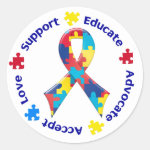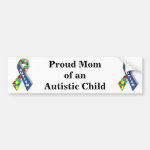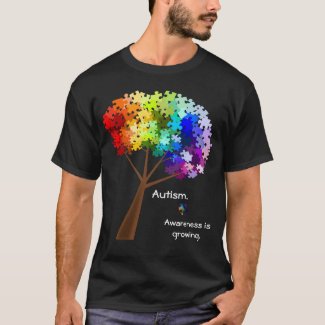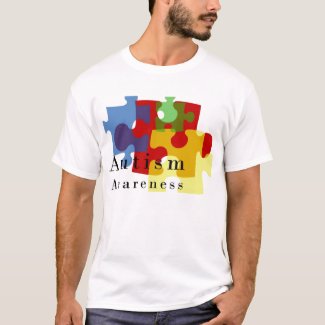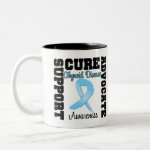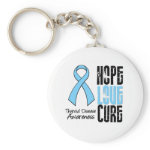June is Alzheimer’s and Brain Awareness Month: Join Us in Making a Difference
 As we approach Alzheimer’s and Brain Awareness Month in June, it’s crucial to understand the profound impact of Alzheimer’s disease and related cognitive disorders, and the importance of supporting those affected by it. Did you know that over 55 million people are living with Alzheimer’s or other forms of dementia worldwide? This progressive neurological disorder impairs memory, thinking skills, and daily functioning, presenting significant challenges for patients, caregivers, and families alike.
As we approach Alzheimer’s and Brain Awareness Month in June, it’s crucial to understand the profound impact of Alzheimer’s disease and related cognitive disorders, and the importance of supporting those affected by it. Did you know that over 55 million people are living with Alzheimer’s or other forms of dementia worldwide? This progressive neurological disorder impairs memory, thinking skills, and daily functioning, presenting significant challenges for patients, caregivers, and families alike.
Why Awareness Matters:
Raising awareness about Alzheimer’s disease is crucial for several reasons. It helps promote early detection, facilitates access to vital resources and support services, and fuels ongoing research for effective treatments and, ultimately, a cure. Additionally, increased awareness helps reduce stigma and misconceptions surrounding Alzheimer’s and related dementias, fostering a more empathetic and supportive community for individuals and families facing these challenges.
Join Our Cause:
You can show your support and advocacy during Alzheimer’s and Brain Awareness Month and beyond by purchasing products from our Alzheimer’s Awareness collection. Our shirts, buttons, magnets, and more feature symbolic purple ribbon designs, sparking conversations and promoting awareness wherever you go.
Make a Difference with Your Purchase:
In line with our commitment to supporting Alzheimer’s causes, a portion of our profits from June will be donated to the Alzheimer’s Association. Every purchase contributes to our mission of spreading awareness and supporting Alzheimer’s research and care initiatives.
Start Conversations, Make a Difference:
Let’s work together to make a positive impact and create a world where Alzheimer’s disease is understood, prevented, and cured. Join the millions who are going purple this June to show solidarity with those affected by Alzheimer’s and other forms of dementia.
Click image below to shop our collection of Alzheimer’s Awareness products and be a part of this important cause. Together, we can make a difference!




 Breast Cancer is arguably the most commonly known form of cancer. There are foundations upon foundations supporting the cause and boosting awareness around the world, there are products (like the ever-recognizable pink ribbon) that raises awareness and shows support for those dealing with the illness, and even NFL players take their own stand in the fight by donning Pink sweatbands, gloves, and shoes on the field during the month of October. But underneath all of the publicity and outcry for support, and the never-ending search for a cure, there are some absolutely jaw-dropping statistics. Let’s take a look at some of those figures…
Breast Cancer is arguably the most commonly known form of cancer. There are foundations upon foundations supporting the cause and boosting awareness around the world, there are products (like the ever-recognizable pink ribbon) that raises awareness and shows support for those dealing with the illness, and even NFL players take their own stand in the fight by donning Pink sweatbands, gloves, and shoes on the field during the month of October. But underneath all of the publicity and outcry for support, and the never-ending search for a cure, there are some absolutely jaw-dropping statistics. Let’s take a look at some of those figures…

